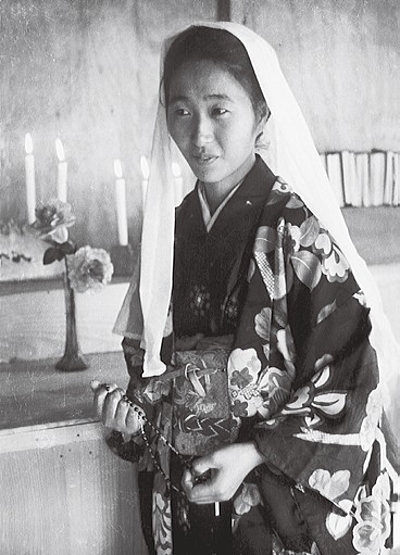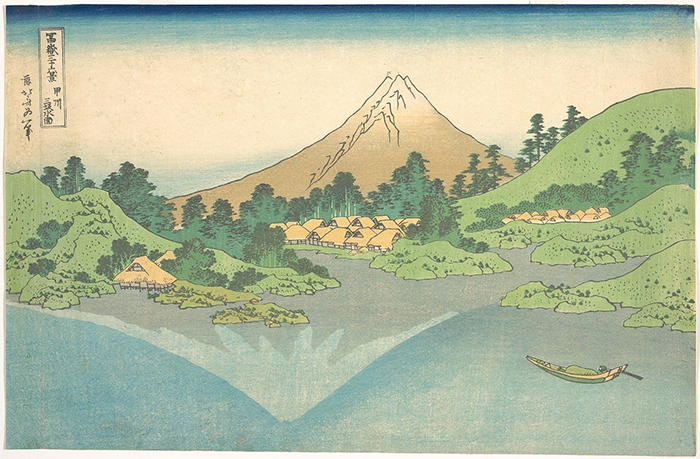People You Might not have read about in the History Books
Satoko Kitahara
In 1929, Satoko Kitahara was born into a wealthy Japanese family. Her ancestors had been Shinto priests and Samurai warriors. As a young girl, she felt inspired to give her life to some noble cause, but she was unsure of how to do this.

In 1940, Japan entered World War II. Satoko’s father left to fight, and she and her brother went to work in a factory that built airplanes. The factory was bombed by American aircraft. Satoko and her brother both survived the bombing, but the shock and stress was too much for her brother, and he died shortly afterwards. Satoko contracted tuberculosis during her time at the factory, and never made a full recovery.
By the end of the war, Tokyo and many other Japanese cities were in ruins and thousands of people were starving. Satoko, like many other Japanese citizens, was shocked to learn about crimes that Japanese troops had committed during the war. More than ever, she wanted to find and serve a truly noble cause.

By chance, she happened to enter a Catholic church and was attracted to a statue of woman dressed in white. Later, she met some Mercedarian religious sisters. Over time, she studied the Catholic Faith and decided to ask for baptism. She took the baptismal name of Elizabeth, because she was inspired by Elizabeth of Hungary’s service to the poor.
Satoko soon had a chance to imitate her patron saint. She met a monk who was working in the “ant village”, a vast slum where thousands of poor people lived. They struggled to make a living by collecting rags and other trash for sale. Satoko volunteered to help teach the children of “ant village”.
She soon realized that she couldn’t help the poor if she wasn’t like them. She gave up all her possessions and went to live with the poor. She joined them in collecting rags and worked to improve their village.
It often seemed to her that she wasn’t making any difference. Her health failed, and she died in 1958. Her work, however, was carried on by others and today she is on her way to beatification. In 2015, Pope Francis declared her Venerable.

Photo of Satoko uploaded to Wikimedia Commons by Anna Maria Clara. Painting of St. Elizabeth of Hungary and Painting of Mount Fuji are in the public domain.
